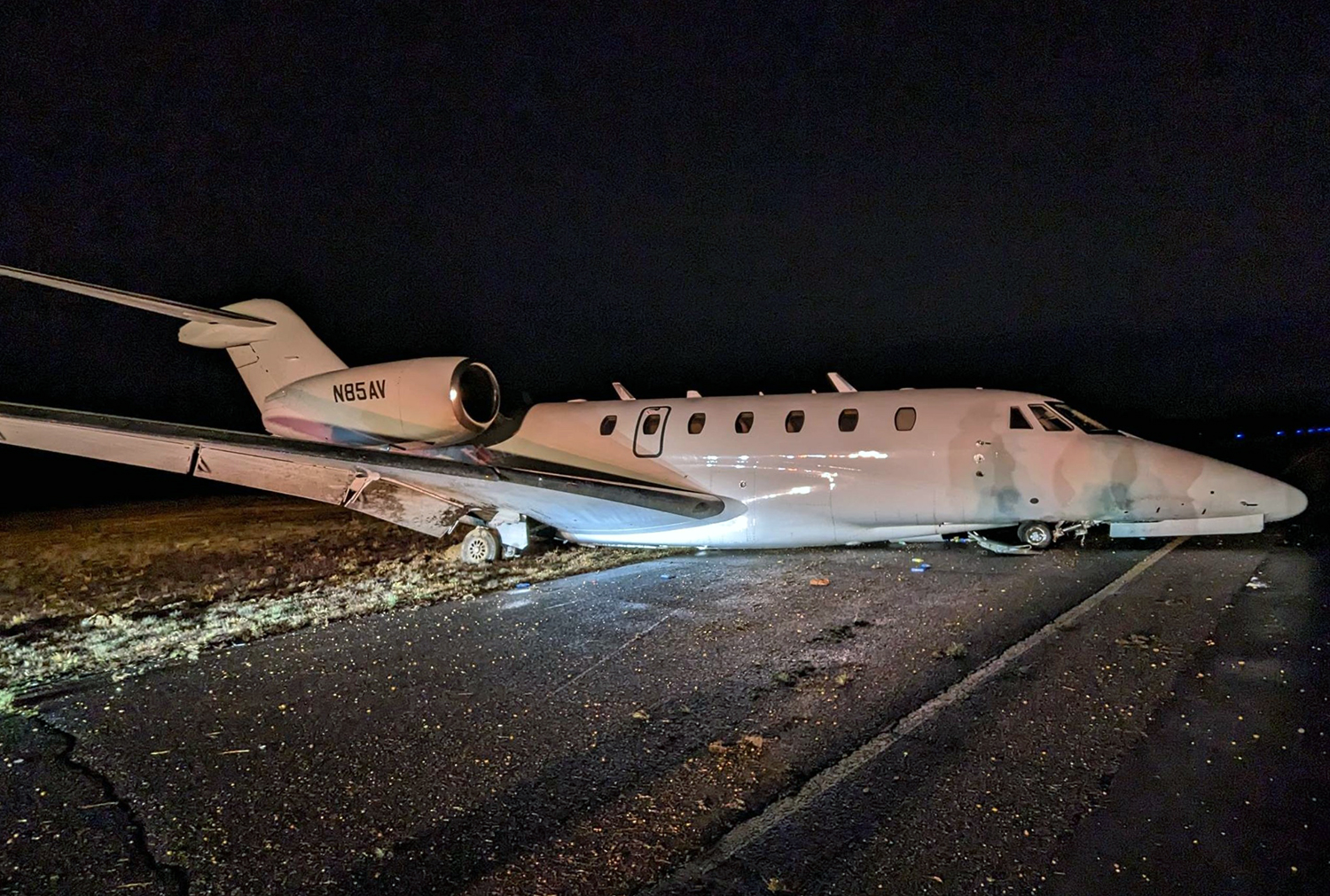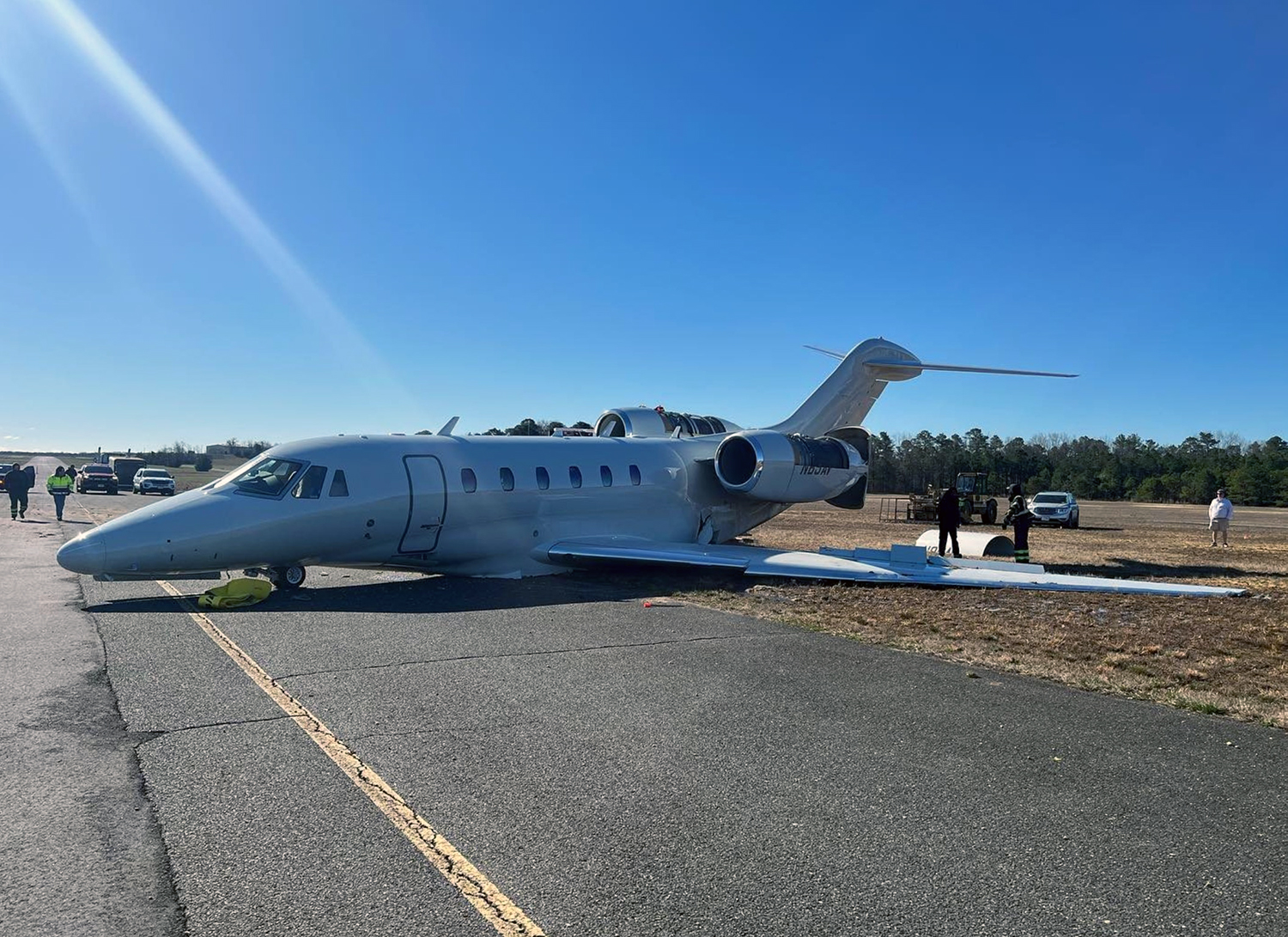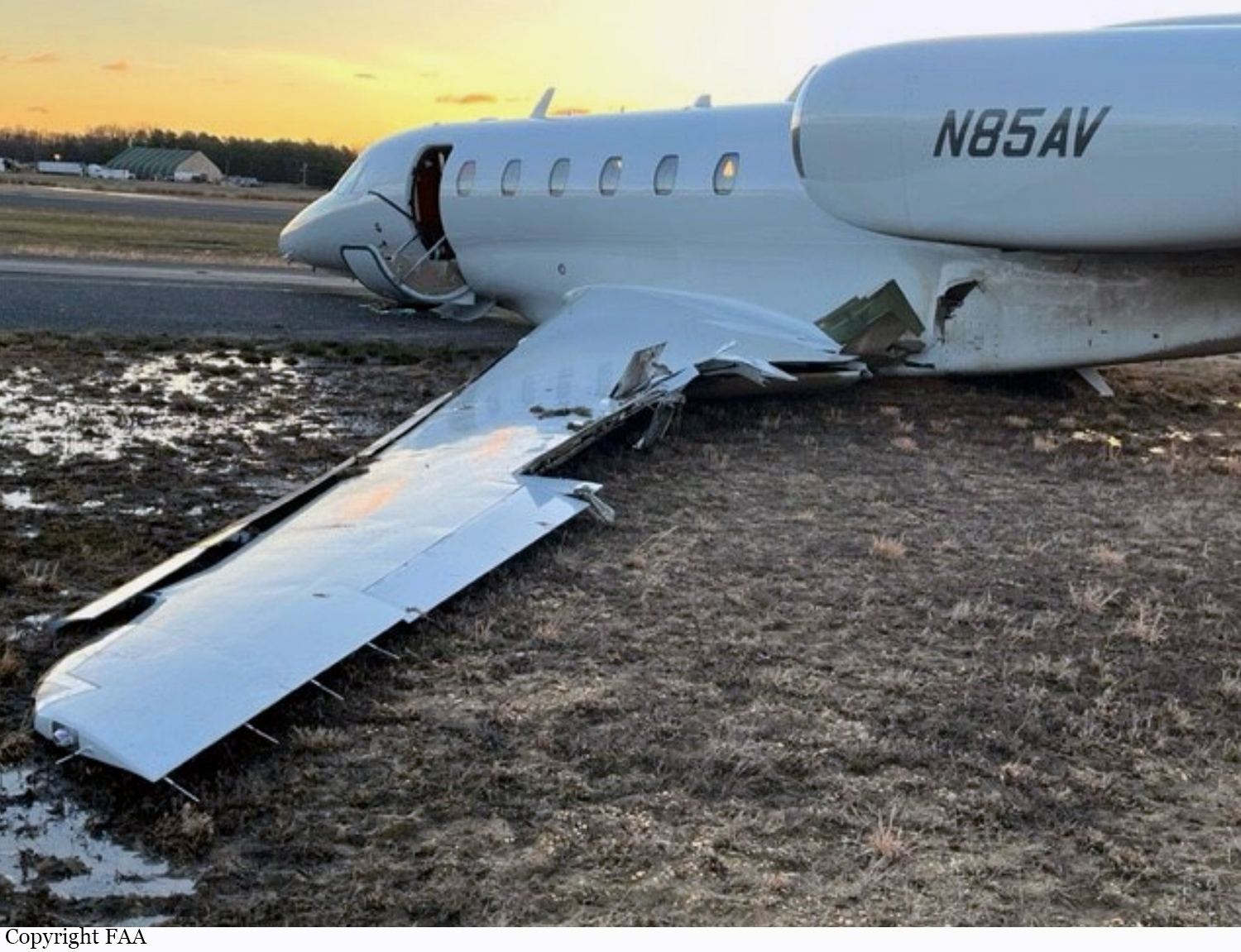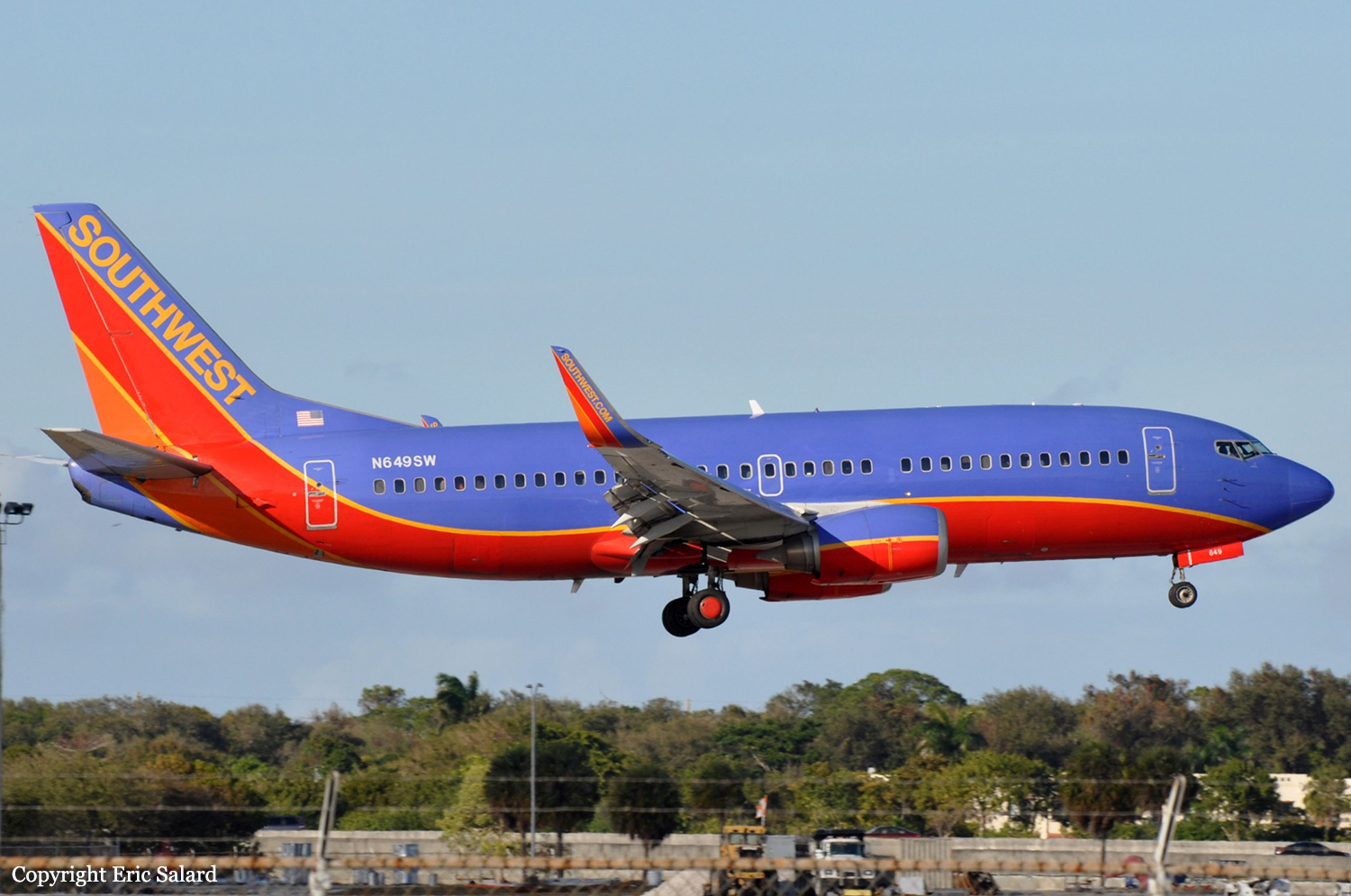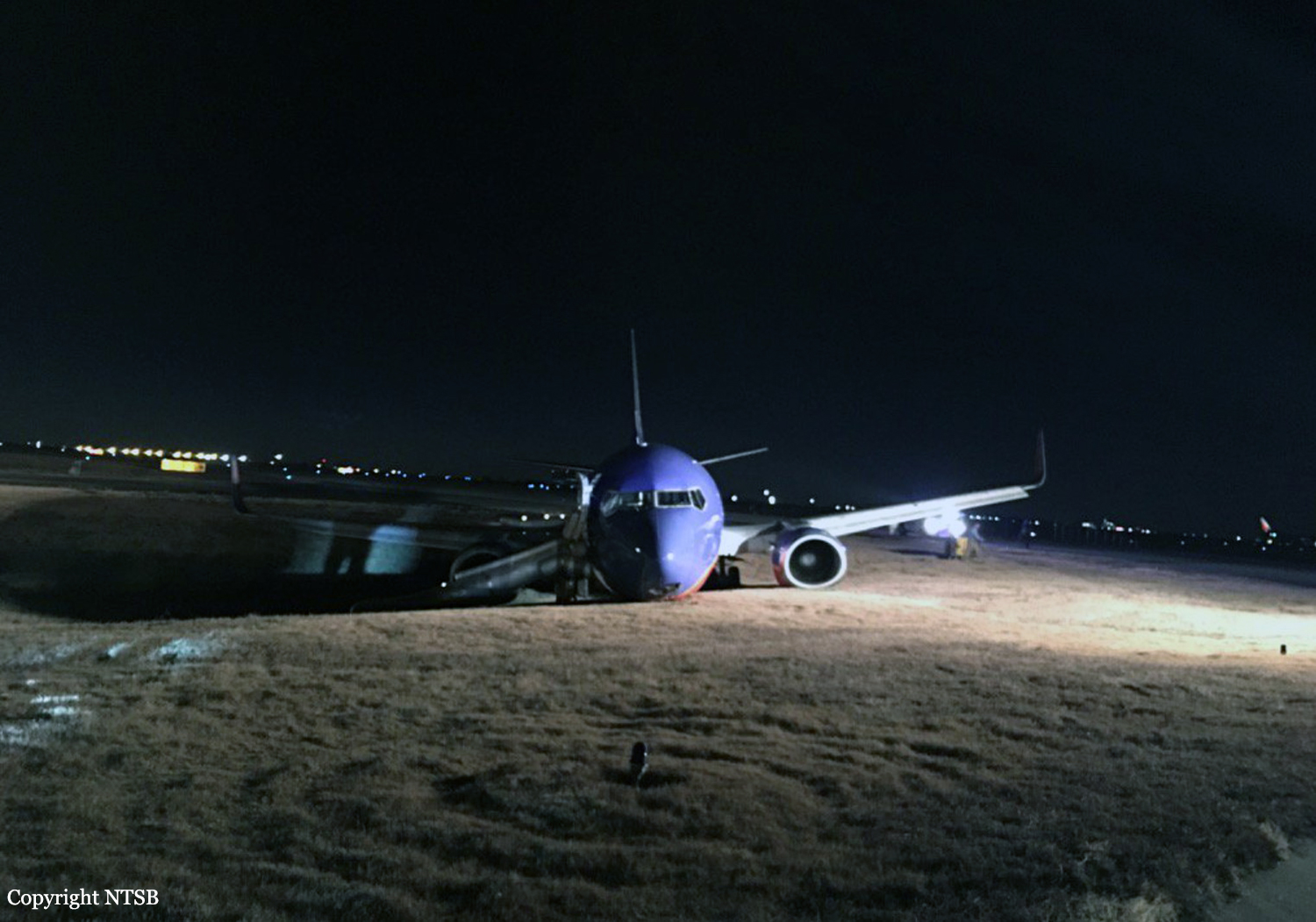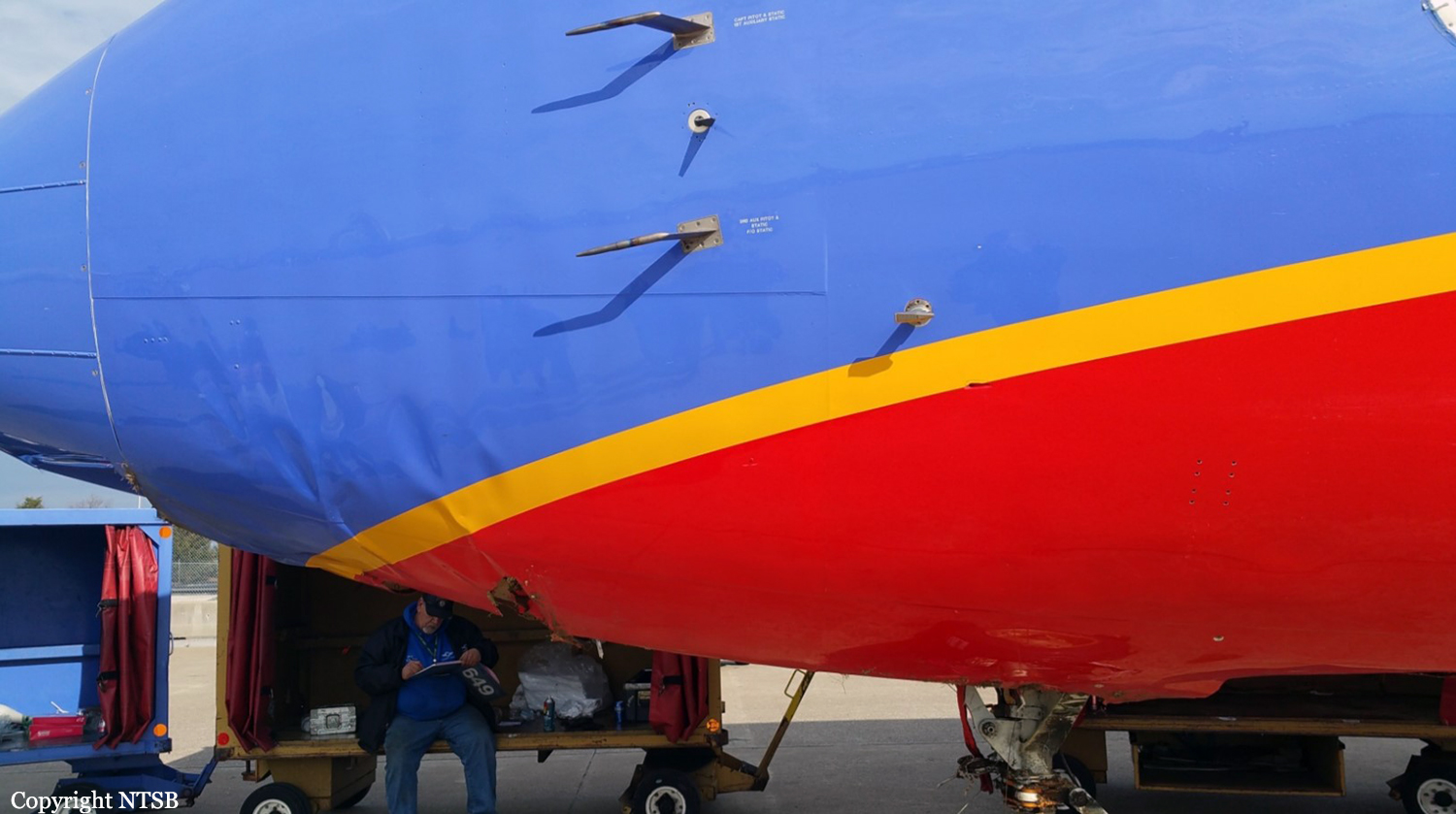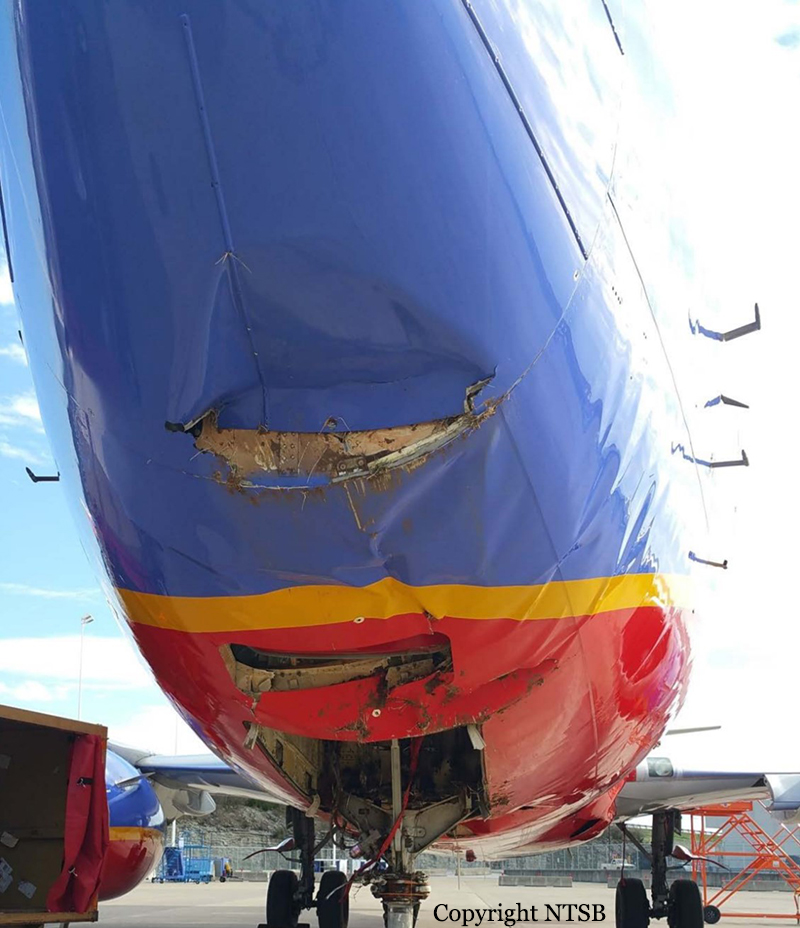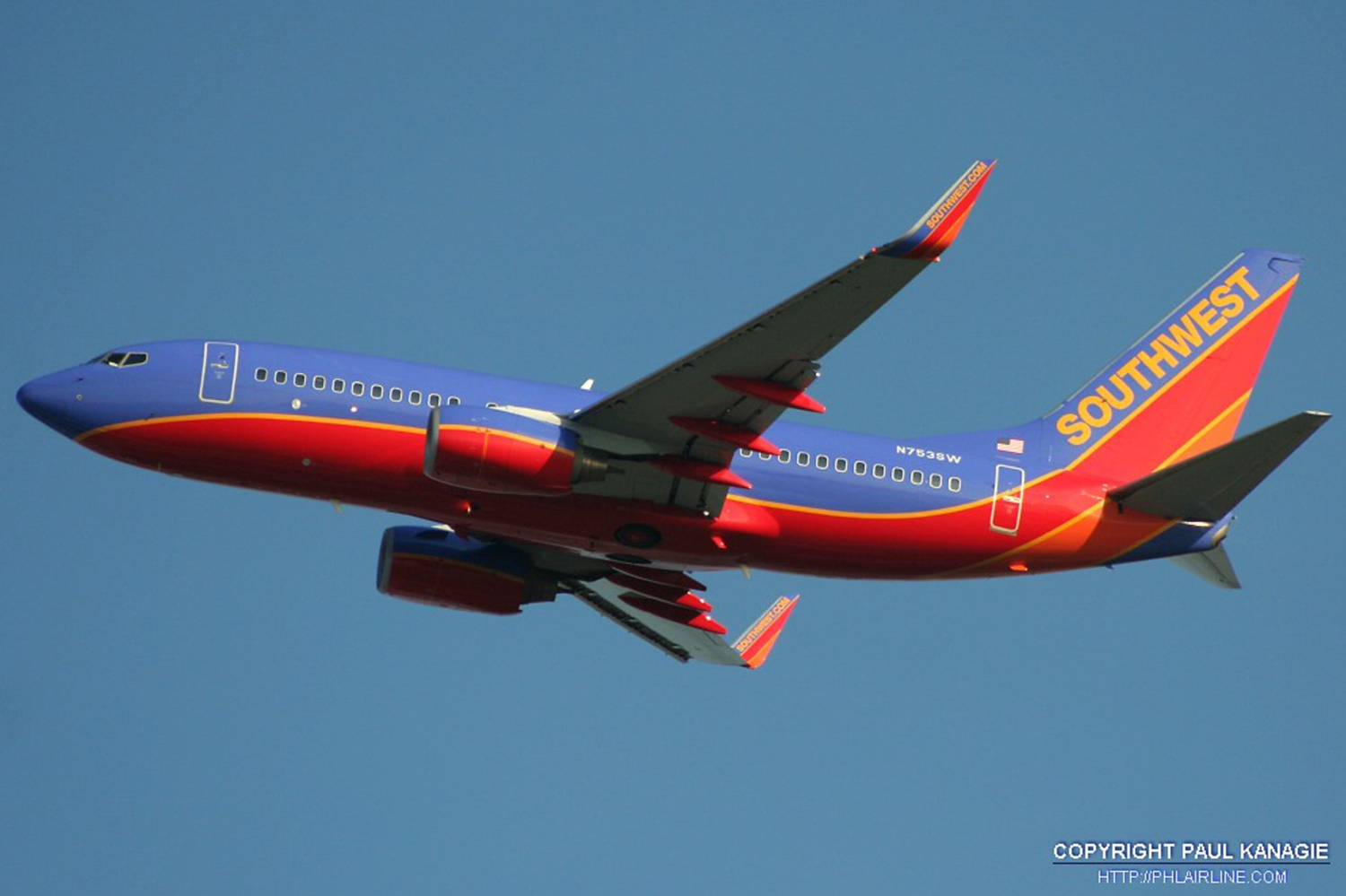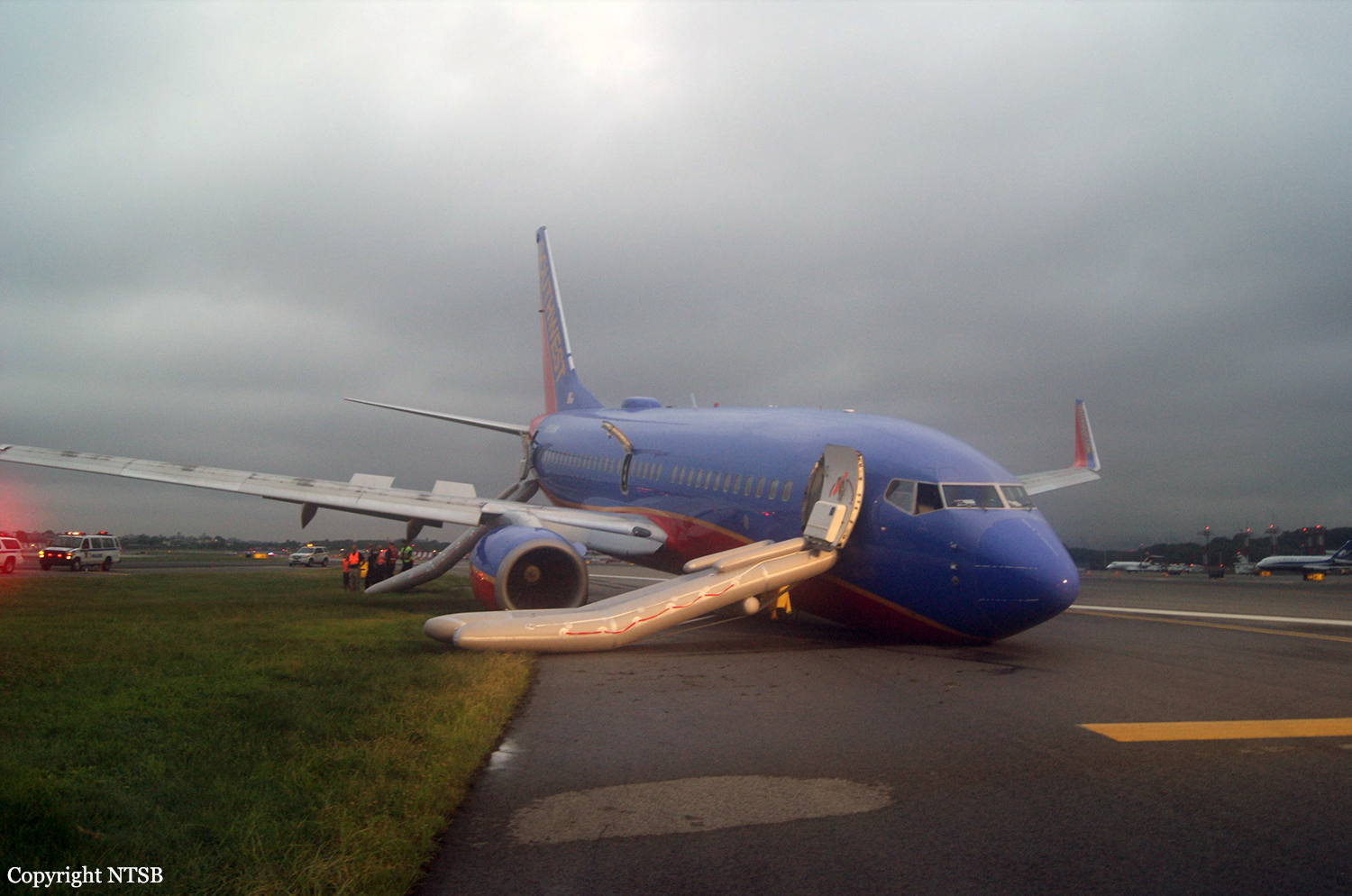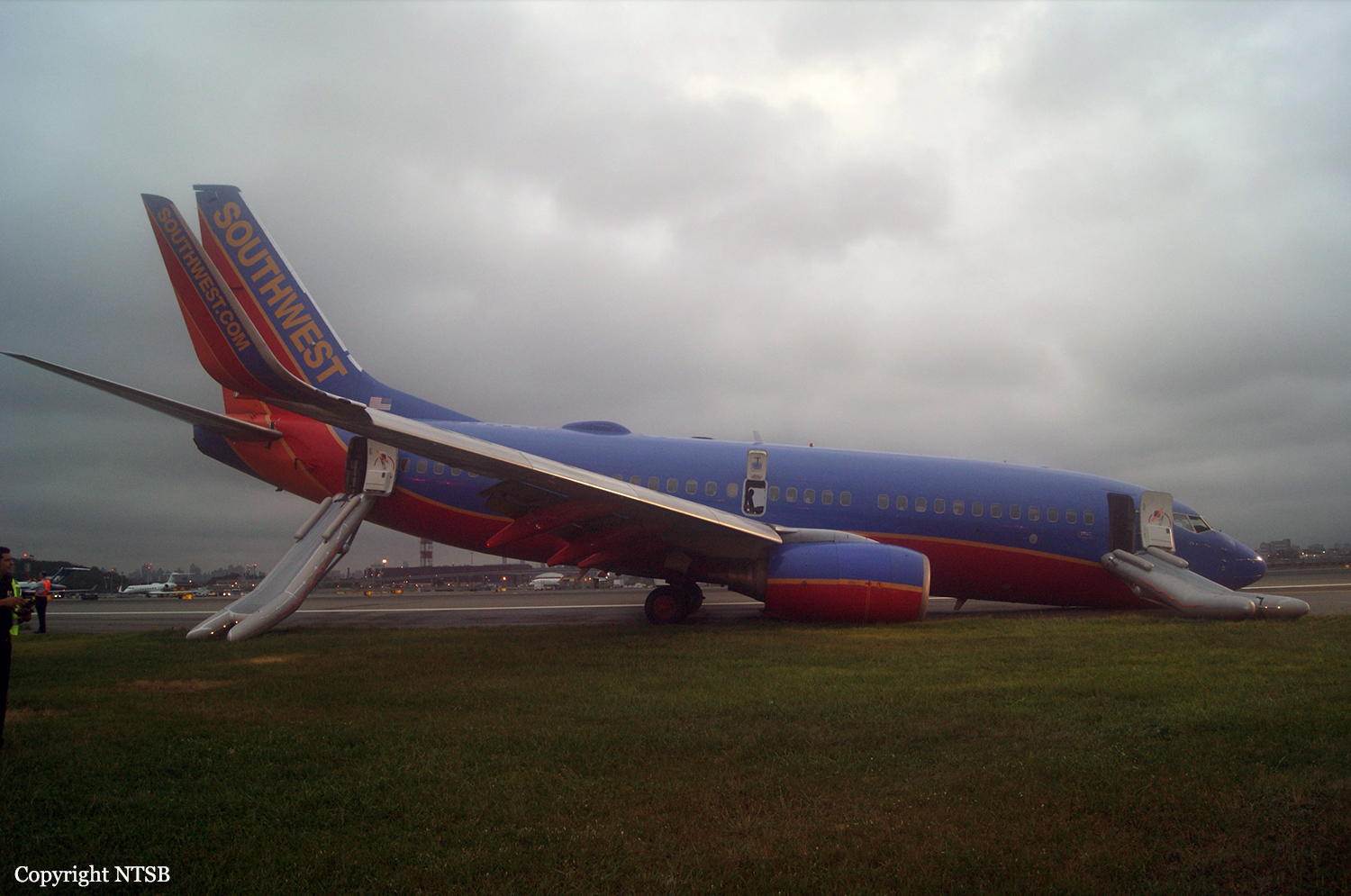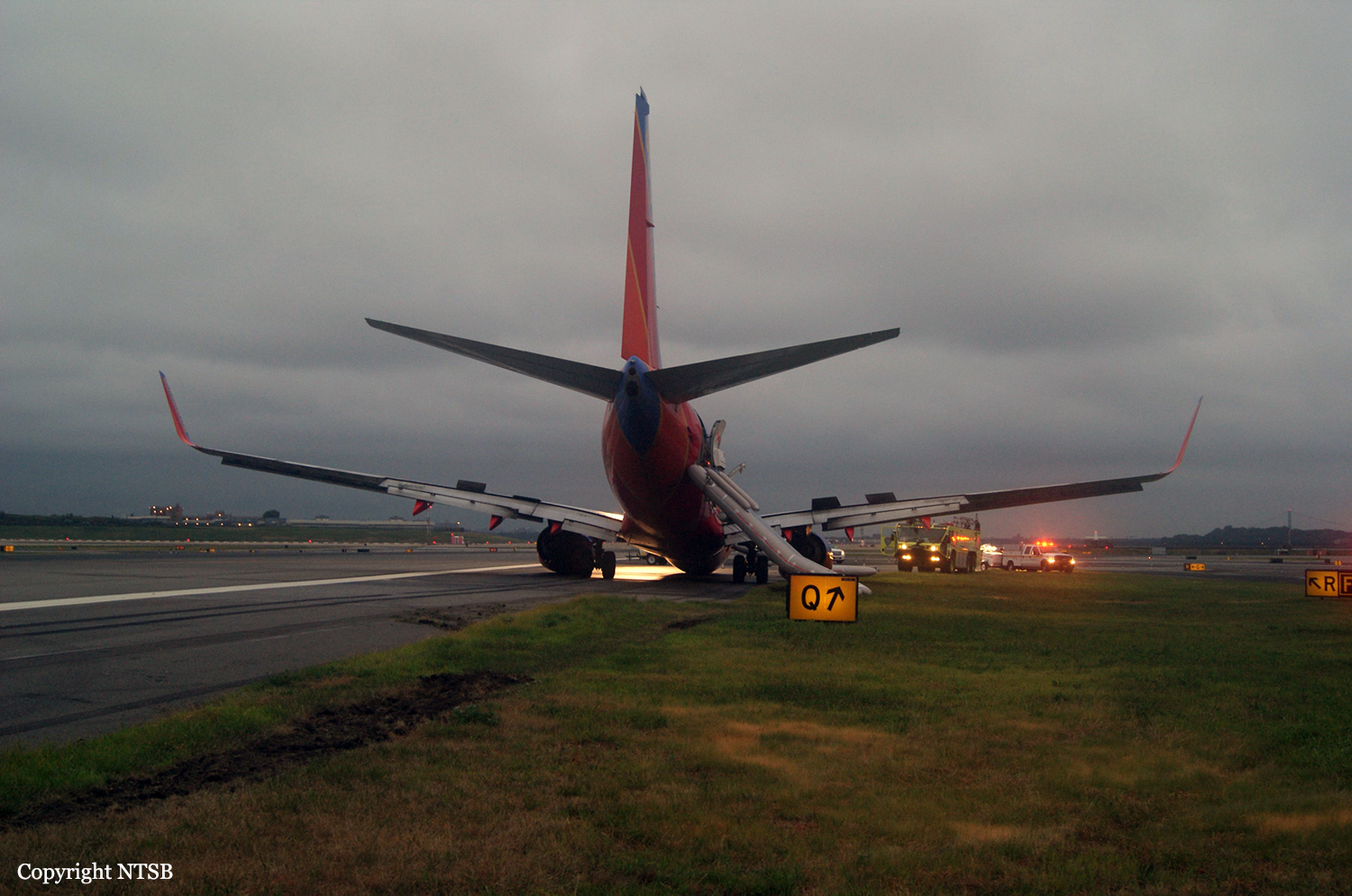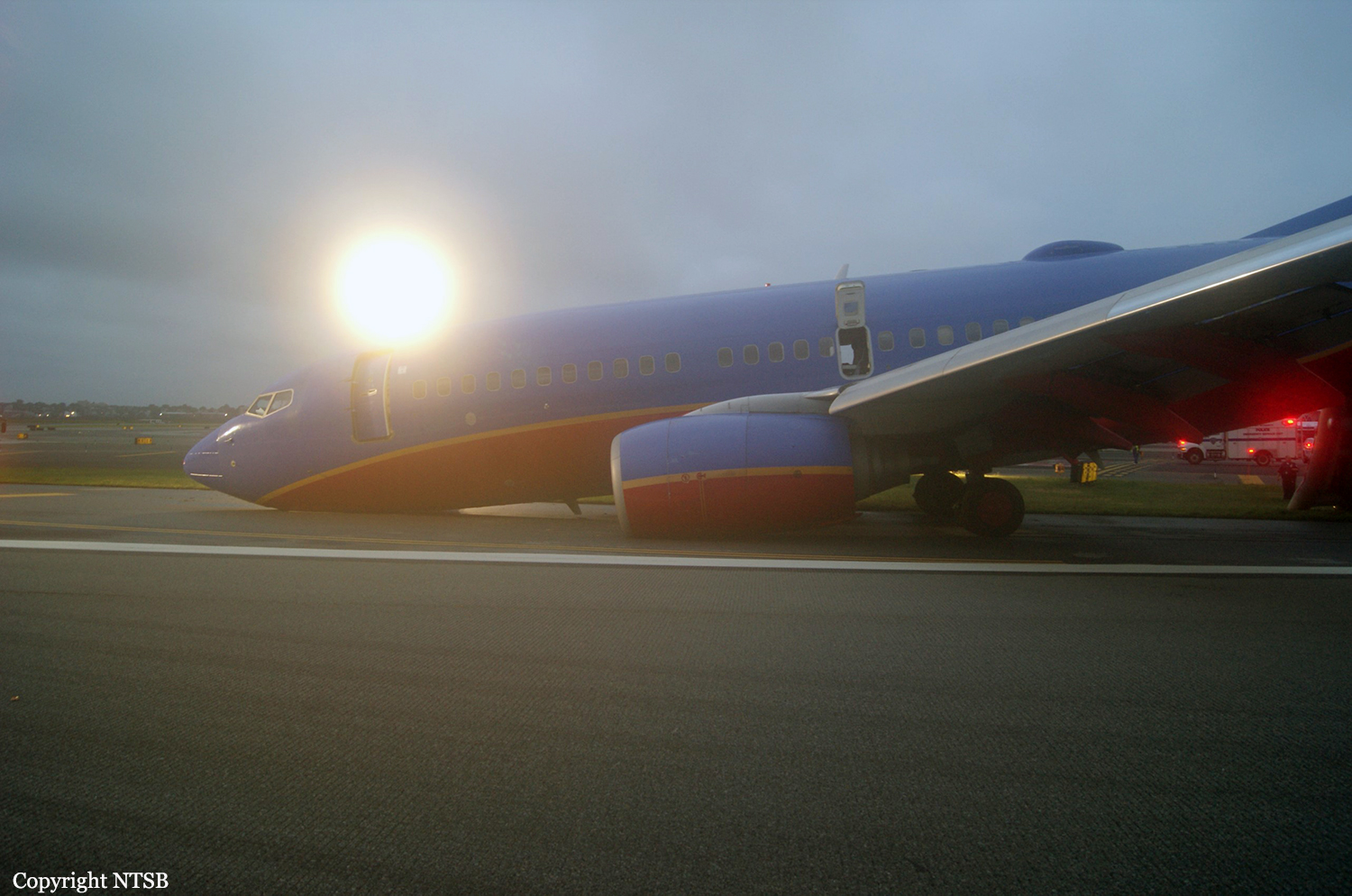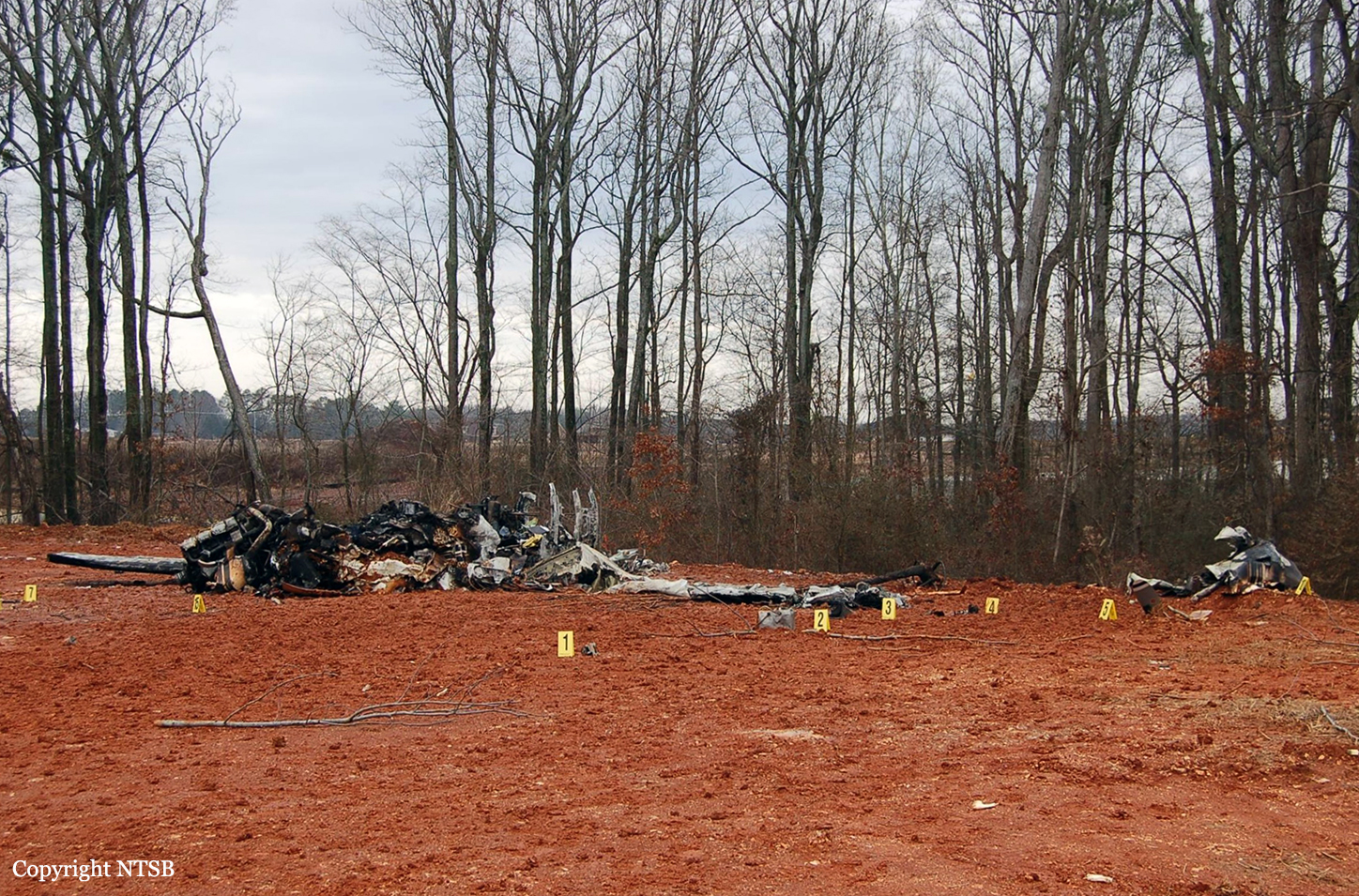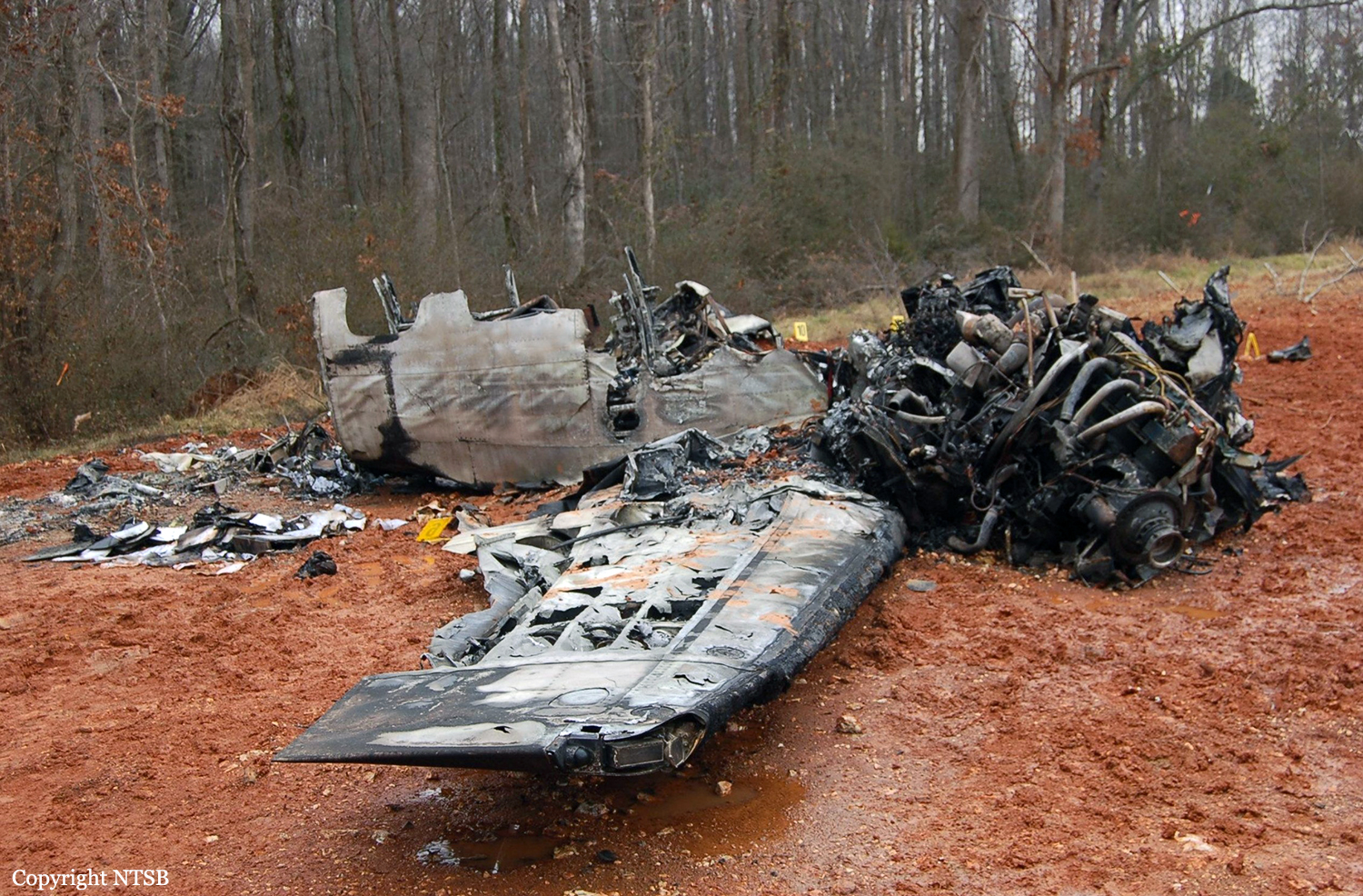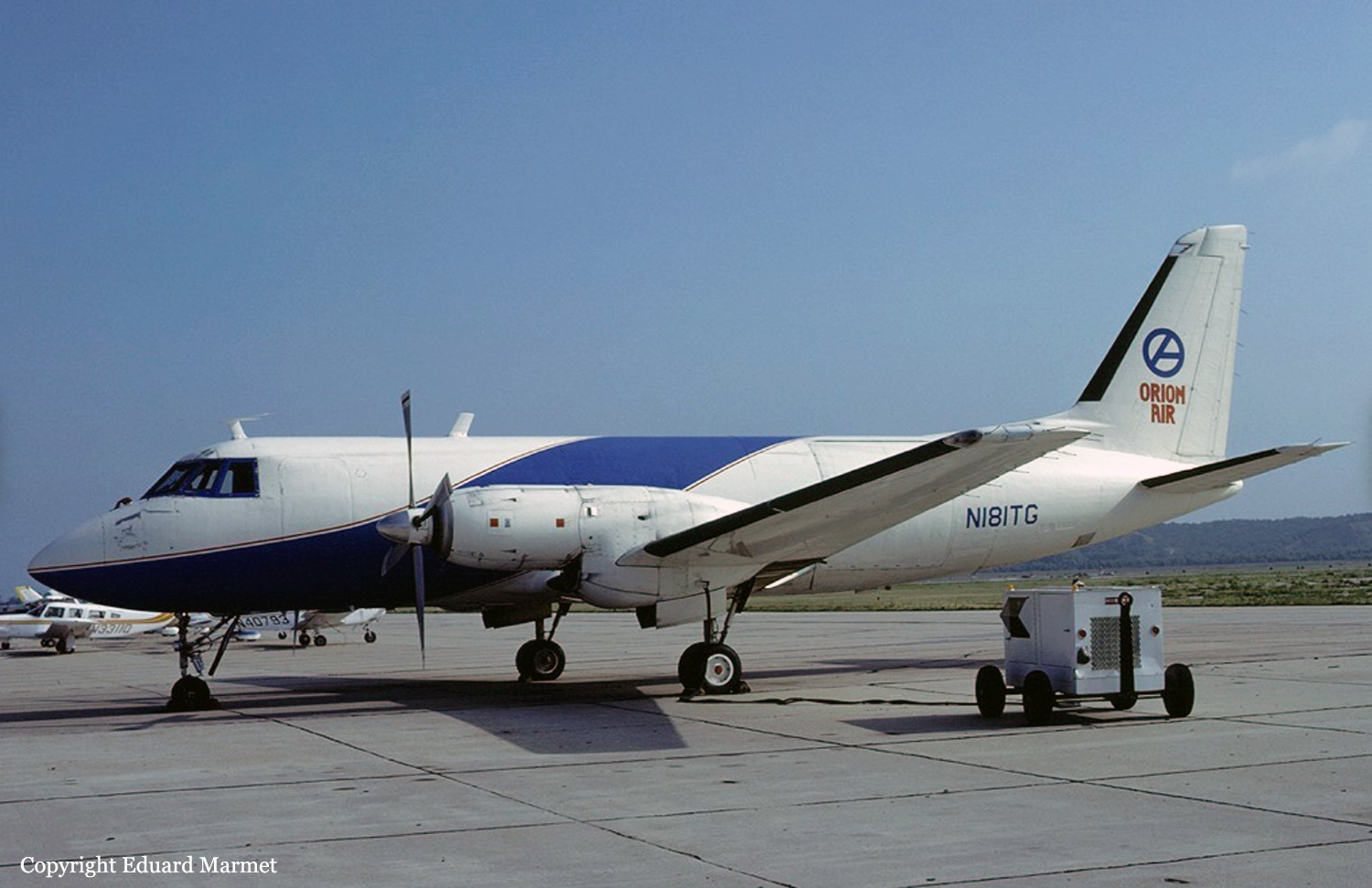Crash of a Cessna 750 Citation X in Monmouth
Date & Time:
Apr 1, 2023 at 1937 LT
Registration:
N85AV
Survivors:
Yes
Schedule:
Nashville - Monmouth
MSN:
750-0085
YOM:
1999
Crew on board:
2
Crew fatalities:
Pax on board:
0
Pax fatalities:
Other fatalities:
Total fatalities:
0
Captain / Total hours on type:
264.00
Copilot / Total hours on type:
330
Aircraft flight hours:
12272
Circumstances:
The flight crew of the business jet reported that after touching down on runway centerline the airplane was struck by a gust of wind from the right. They were able to keep the airplane on the runway centerline but were subsequently struck by another more powerful gust, which pushed the airplane off the left side of the runway. The runway excursion resulted in substantial damage to the fuselage and left wing. A posaccident review of weather radar data showed that a severe thunderstorm (for which a tornado warning had been issued) was present to the west of the airport and was rapidly moving east. There was a convective SIGMET valid for the airport at the time of the accident. The pilot-in-command reported checking relevant weather information before the flight, that the airplane was equipped with an operational onboard weather radar system, and that there were no preaccident mechanical malfunctions or failures with the airplane that would have precluded normal operation.
Probable cause:
The pilots’ loss of directional control while landing in gusting wind conditions which resulted in a runway excursion. Also contributing was the flight crew’s decision to land at an airport where there was a rapidly approaching severe thunderstorm.
Final Report:
